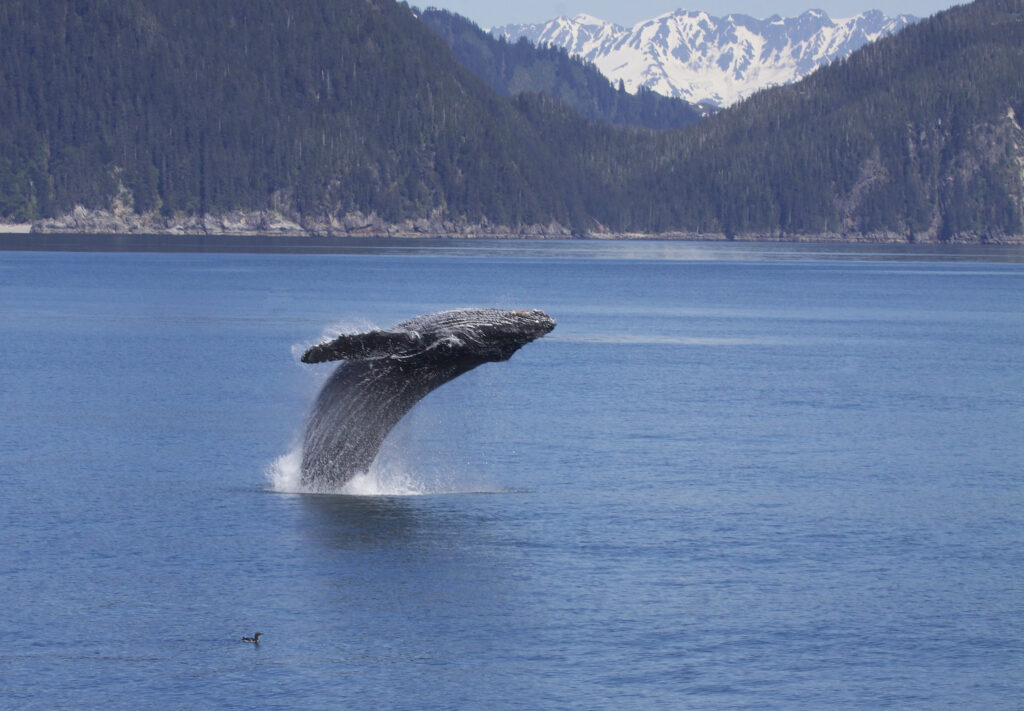
Marine protected areas are sections of the ocean where governments place limits on human activity. They are intended to provide long-term protection to important marine and coastal ecosystems. MPAs are important because they can protect depleted, threatened, rare, and endangered species and populations.
In January 2020, the Republic of Palau in the western Pacific Ocean created one of the world’s largest marine protected areas. The Palau National Marine Sanctuary covers 80% of the country’s economic zone and prohibits all extractive activity like fishing and mining over a 183,000 square mile area in order for the island nation to ensure its food security and grow its economy in the face of climate change.
The Marine Sanctuary is an ambitious enterprise. The question is how Palau can evaluate whether and how well it is working?
A team of scientists from Stanford University and Palau-based colleagues are making use of Environmental DNA – or eDNA – technology to monitor the large-scale marine protected area. eDNA is the cells, waste, viruses, and microorganisms that plants and animals leave behind. Samples of marine eDNA effectively provide a fingerprint of the organisms that have recently passed through the water in a given area. This gives scientists a way to assess an ecosystem’s biodiversity and keep track of the types of species inhabiting a specific area. Using eDNA, it is possible to keep track of all the organisms that live below the surface and learn about things we can’t even see.
The team has embarked on a program of periodic sampling of the waters off Palau and hope to be able to monitor the results of establishing the Marine Sanctuary.
**********
Web Links
eDNA: Bringing biodiversity to the surface
Photo, posted June 12, 2013, courtesy of Gregory Smith via Flickr.
Earth Wise is a production of WAMC Northeast Public Radio.
Leave a Reply